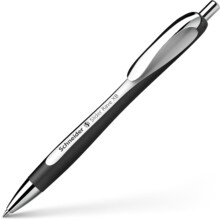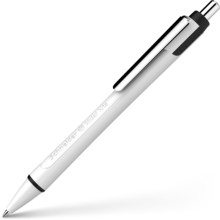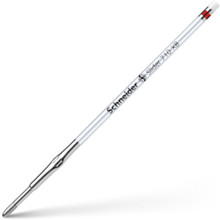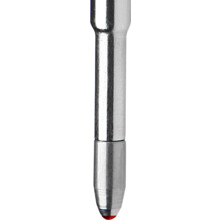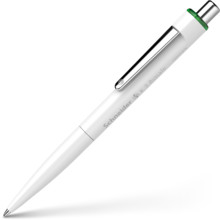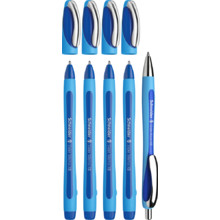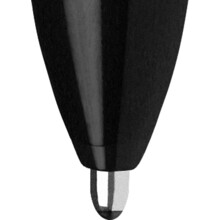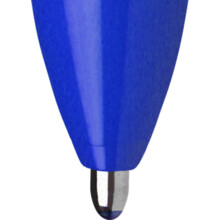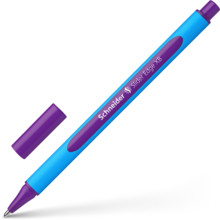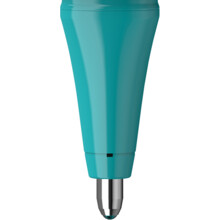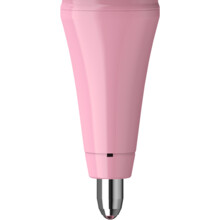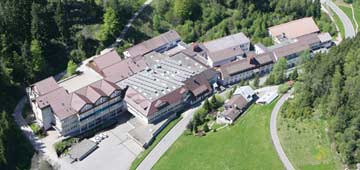-
(25)
-
(17)
-
(6)
-
(16)
-
(16)
-
(5)
-
(7)
-
(5)
-
(2)
-
(1)
-
(1)
Products
Application
Creativity
Product series
Filter
Line width
Sustainability
Colour
Apply filter
Show all products
Show fewer products
 United Kingdom
United Kingdom  Poland
Poland  Turkey
Turkey  United States
United States  Deutschland
Deutschland  Österreich
Österreich  Schweiz
Schweiz  Suisse
Suisse  Italia
Italia  France
France  Argentina
Argentina  España
España  Nederland
Nederland  Belgique
Belgique 